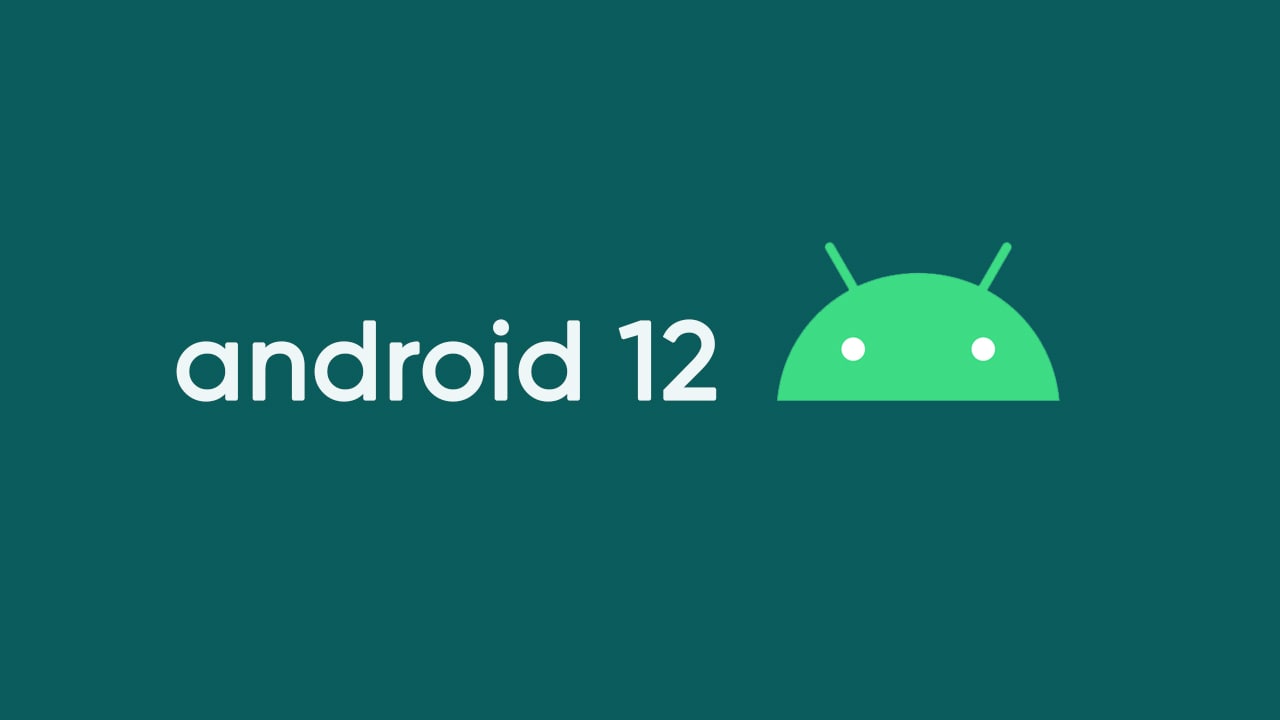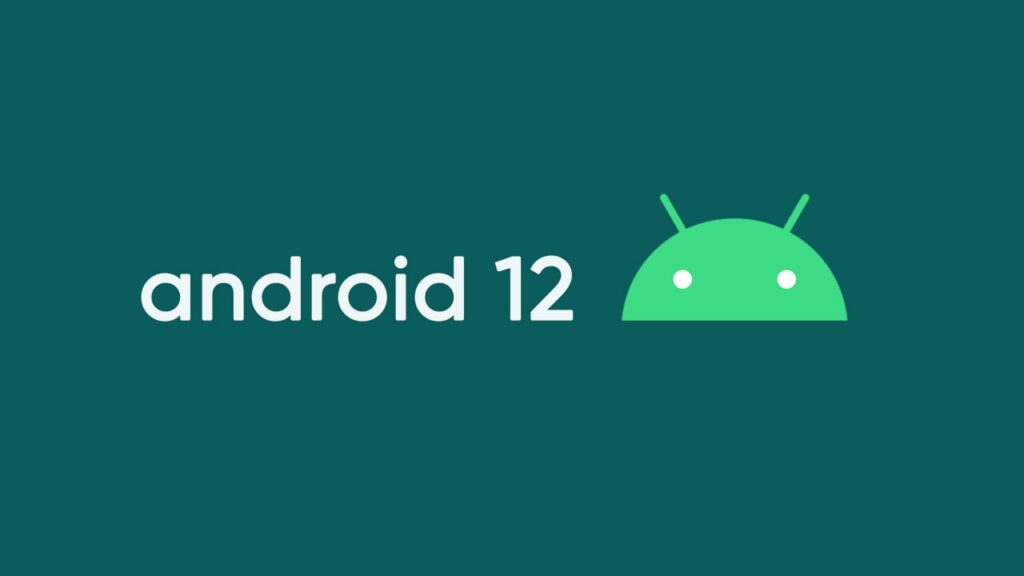Android
Google Android 12 Features: Developer Beta 1

Every year in the third quarter of the year, Google released its new Android version with the latest features. Likewise, this year the company is going to reveal, Android 12, which is expected to arrive somehow in September (stable release).
We are still six months away from the stable Android 12 launch, Google has released the first Developer Preview. It provides us early look and the latest changes and features as well as makes the developers familiar with the upcoming Android OS.
Google doesn’t open all its cards, it’s just a beginning to create excitement among the consumers. Most of the design elements and features are reserved for the official launch.
To be mentioned, the Android 12 Developer Preview is available for Google Pixel 3 and above models at the moment. The interested Pixel users can download and check the full timeline of Android 12 beta to the stable release.

Let’s take a look at new features and changes, which are introduced with Android 12 for developers listed and detailed below:
Android 12 features:
New Material NEXT design: Google comes up with new changes to the user interface including home screen, lock screen, notification bar, and more.
New Accent color: With Android 12, the UI takes up a bluish tint visible in both light and dark themes. The light blue accent can be seen in the System UI within system apps, including Settings.
Lock screen: The lock screen has a translucent layer in the background and the animation for the pattern unlocks also appears slightly bouncier.
Notification: In this, the conversations and notifications are merged together and a translucent background with a lighter overlay in the background.
Quick setting: The default Quick setting options added a new DND and Battery Saver toggles to the first card by moving the mobile data toggle to the second card. The inactive Quick Settings tiles now show a light blue color instead of gray, but there’s no visible change in the icons.
Accessibility settings: In this section, the font size, display size, and dark theme menu are merged into text and display options, as well as horizontal lines, divide different menu options have been removed to provide a clean look.
Bigger toggles in settings: Settings offer a bigger and more elaborate toggle at the top of the page that differentiates it from other toggles below it.
One-handed mode: Just like other brands, Google interface is ready for easier one-handed usage and also added a Feature flag called “Silky Home” for the native One-handed mode that pushes the items on a page further down to make them more easily accessible.
Scrolling screenshots: After third-party Android skin, Google has finally added this feature for taking scrolling screenshots.
Improved widgets: With Android 12, Google is trying to match up to iOS 14’s widgets by adding what appears to be widget stacks where you can scroll left or right on similar widgets.
Emojis on screenshot markup: It allows you to add the annotations to the screenshots you have taken and the markup menu is adding an option to let you add emojis alongside other notes or doodles.
Notification snooze: With Android 12, a new button is introduced to snooze unimportant notifications. However, the feature was first added in Android Oreo, but the half-swiping has limited its usage.
Reset notification ranking: In Developer options, you can also turn on the Adaptive Notifications Ranking and Adaptive Notifications priority to let Android rearrange your notifications based on how you interact with different apps. With Android 12, you now get the ability to reset this ranking now if it is not according to your liking.
Media controls: Google improves the media control appearance from previous ones. Now, the media player covers more space with a bigger media artwork and icon for the device without its name.
Picture-in-Picture improvements: It gets new pinch-to-zoom functionality for the Picture-in-Picture feature, as predicted earlier.
Nearby share for Wi-Fi Passwords: It makes password sharing easier, you can share Wi-Fi passwords using Nearby share without any effort.
Redirect Vibration to gaming controllers: It offers the ability to redirect haptic feedback data from the smartphone to a gamepad or a gaming controller in case you are using one.
Privacy indicators: Google is preparing to add explicit warnings to turn on microphone and camera usage, even in system apps Camera and Recorder.
Permission dialog: The permissions dialog box that shows up has been slightly tweaked. For some apps that need to access the microphone or location, you now get a shortcut to allow always access in settings.
Safety feature: The safety features get promoted as top-level settings and can be directly accessed from the first page of Settings.







